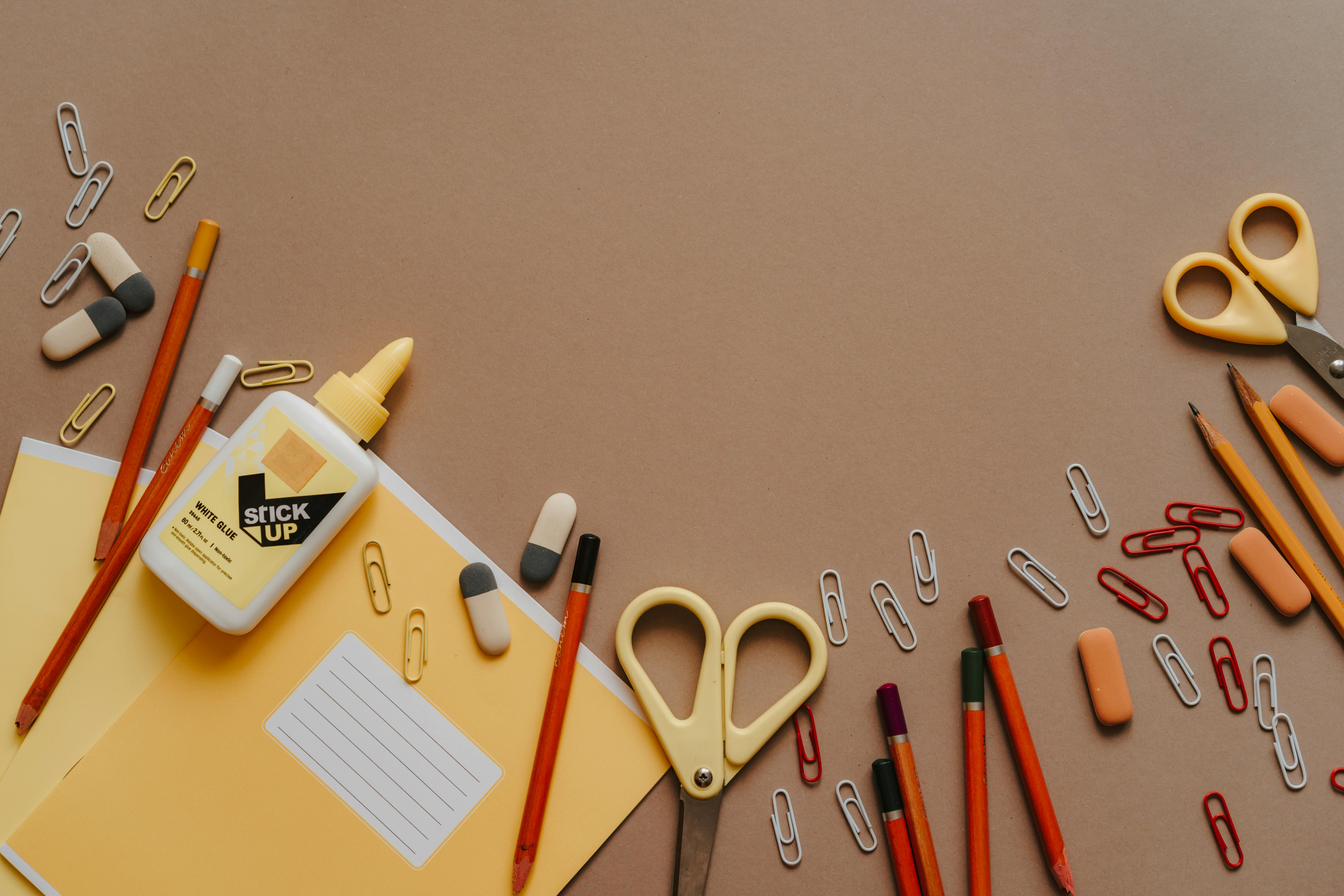As an affiliate, I earn from qualifying purchases, but this doesn't affect the reviews or recommendations—your trust is important to me!
Exploring Science: Easy Steps to Create Your DIY Lava Lamp

Today, We're Making:
- - DIY Lava Lamp Experiment
- - 'Alien Life' Microbiology Project: This could be a fun project to engage children in the field of microbiology. With a microscope and some common household items like bread and yogurt, kids can explore various types of microorganisms, understanding their growth and reproduction, which could coincide well with the DIY Lava Lamp Experiment, mimicking the alien lifeforms under the microscope.
- - 'Craters on the Moon' Physical Science Project: On May 10th
Did You Ever Wonder How to Ignite Your Child's Interest in Science?
Let me introduce you to a popular classic, something so mesmerising and engaging that it will surely cast a magic spell on your home-schooled scientists- The DIY Lava Lamp Experiment. This interactive and educational project gives you an easy, step-by-step guide to creating a homemade lava lamp, blending the joy of learning and creative play.
A Vibrant Mix of Science and Art
This experiment embraces the colors and fluid motion of a lava lamp, turning your living room into a mini science lab. Exciting, isn't it?
Making a Lava Lamp at Home
Making a lava lamp at home is not only a fantastic way to entertain children but also a fabulous method to introduce key scientific concepts, revolutionizing the way we typically think about exploring science. After all, who said science can't be fun and playful?
Get Your Gear Ready for the DIY Lava Lamp Experiment
Anyone ready to dive into the world of home science projects knows the importance of gathering their materials first. For the DIY Lava Lamp experiment, you'll need both common household items and a few special components. Firstly, get a clear, empty bottle or jar. Then you'll need water, vegetable oil, food coloring (your choice of colors), and effervescent tablets (like Alka-Seltzer). Voila, you have all you need for your homemade lava lamp! A common kitchen is all the science lab you need for these fun science experiments.
Start Exploring Science: The Step-by-step Lava Lamp Process
Working on a DIY project for kids, especially one as enchanting as making a lava lamp, can feel like an adventure. Start by filling one-quarter of the bottle with water. Add food coloring until you're satisfied with the intensity. The next step is to fill the rest of the bottle with vegetable oil, leaving some space at the top. Now comes the moment of magic in your DIY Lava Lamp experiment. Break the effervescent tablet into a few pieces and drop them into the bottle. Watch as the colorful bubbles start to float up and down, just like in a real lava lamp. With this experiment, your living room will transform into a colorful science lab, making science for children not just fascinating but also loads of fun.
Revel in the Magic of the Science Experiments at Home
The beauty of your homemade lava lamp isn't just in its mesmerizing bubbles, it's also in the scientific principles it brings to life. The whole process is a brilliant demonstration of the fact that oil and water don't mix and how the effervescent tablet creates gas bubbles that travel through the oil, taking some colored water along. When the gas bubbles reach the top, the water falls back down. It's a simple science project that provides an excellent hands-on learning experience. Children get to understand scientific concepts better when they learn science through fun activities like the DIY Lava Lamp experiment.
Understanding the Science Behind Your DIY Lava Lamp
Now, while the bubbling dance of colors is amusingly hypnotic, remember, it’s not just art - it’s science! With this interactive science activity, it’s important to talk to your children about the science principles at play in their DIY projects. In the case of the lava lamp experiment, the key concepts are density and solubility. The oil floats on top of the water because it is lighter or, in scientific terms, less dense. When the effervescent tablet dissolves, it forms a gas which rises to the top, creating the trademark bubbles of a lava lamp. Demonstrating these principles at home, with something as cool as a homemade lava lamp, underlines the fact that learning science at home can be incredibly engaging and fun.

Wrapping up
As we wrap up, it's clear you have harnessed the power of home science experiments. By conjuring a DIY lava lamp, you have given life to your child's scientific curiosity. The joy on their faces as the hypnotic dance of colorful bubbles takes place is nothing short of magic.
But remember, you didn't just create art - you turned your living room into a vibrant science lab, making scientific concepts tangible and exciting.
Engaging Your Little Ones with Science
So, the next time the thought of engaging your little ones pokes you, or when science seems like a challenging subject for them, remember the homemade lava lamp. The fascinating blend of art and science, the fiery beauty churning in your lava lamp, holds the key to making learning a riveting journey for them.
Experiencing Science First-hand
After all, the best way to learn about science is to experience it first-hand, don't you think?

You May Also Like These:
Alien Life Microbiology Project
Discover the world of microbiology right at your home using common household items. This project guides you through the process of observing, growing, and learning about microscopic organisms – or as we love to call them today, 'Alien Life'.
Ingredients
- A Microscope: Any type of amateur microscope will do for our experiment. One with at least 100x magnification would be ideal.
- Bread: Any type of bread will work fine. Whole grain bread can deliver some interesting results!
- Yogurt: Plain, unsweetened yogurt that contains live cultures.
- Glass jars or Petri Dishes: Clean, clear containers to grow our cultures.
- Ziploc Bags: To store the bread over time.
Instructions
- Preparation: Prepare your workspace by cleaning it thoroughly to prevent contamination of samples. Arrange all the ingredients within reach.
- Sample Collection: Cut a small piece of bread and put it in one of the jars or Petri dishes. Add a spoonful of yogurt on top of the bread. Make sure your hands are clean to avoid any contaminate.
- Culturing: Close the jar or petri dish and store it in a warm, dark place for about a week. This will allow the microorganisms to grow.
- Observation: After a week, carefully open your micro-jar and observe the bread and yogurt under the microscope. You should be able to see some alien life growing! Record your findings.
- Alien Life Identification: Use basic microbiology guides to identify the life forms you observe. You can find these guides online or at your local library.
Note: Do not consume the bread and yogurt after the experiment, and handle the developed cultures with caution.
Have fun discovering the hidden world of microbes – the 'Aliens' in our homes!
STEM Project: Understanding Plant Growth and Reproduction
Objective:To facilitate an understanding of plant life cycles by observing plant growth and reproduction.
Materials Needed:- Plant seeds (beans work well)
- Potting soil
- Small clear plastic cups
- Water
- Pencil
- Disposable plate
- Paper towels
Part 1: Planting Seeds
- Fill the plastic cup about ¾ full with potting soil.
- Place a couple of seeds on the soil.
- Add a thin layer of soil over the seeds, about ¼ of the cup.
- Water the soil thoroughly until it is damp, but not saturated.
- Place the cup in a sunny window and water regularly, keeping the soil moist.
Part 2: Observing Growth
- Observe the plant daily, documenting changes in growth.
- Use a ruler to measure the height of the plant record it on a chart.
- Observe and document any changes in the plant, such as the appearance of leaves or flowers.
Part 3: Observing Reproduction
- Once your plant has flowers, observe them closely. Diagram the parts of the flower, identifying the stamen and pistil.
- Observe the plant until it produces fruit or seeds. Document changes daily.
- Collect seeds from the plant, dry them, and store them for future use.
This project helps students understand plant growth from seed germination, through growth, to reproductive maturity. By observing and documenting the plant's life cycle, students gain a firsthand understanding of plant biology.
STEM Project: Understanding Growth and Reproduction
Here are some easy steps that can help your child understand the concept of growth and reproduction. This project requires supervision from an adult.
Ingredients:
- A pack of seeds (any variant)
- A pot or a small area in your garden
- Gardening tools (shovel, watering can)
- A notebook and a pen for observations
- Camera for documentation (optional)
Instructions:
- Step 1: Begin with preparing the soil in the pot or chosen area in the garden. Break it up using the shovel to a fine tilth and ensure it is free from weeds.
- Step 2: Place the seeds a few inches apart in the soil and cover them carefully.
- Step 3: Water the seeds using a watering can. Be gentle to not upturn the soil that covers the seed.
- Step 4: Place the pot in the area which receives adequate sunlight. If it's in the garden, ensure it is not a shaded site.
- Step 5: Your child can make regular observations about the growth of the plant. They can keep a record of the number of days since planting and the growth of the plant.
- Step 6: When the plant is mature, discuss with them how seeds form, explaining the process of reproduction in plants.
- Step 7: Encourage your child to document their observing keeping a note of each stage of growth. Photography can be a fun way to see the growth over time!
Inculcating a love for Nature and explaining biological concepts right at home becomes so easy with this super engaging STEM project! Happy gardening!
DIY Lava Lamp Experiment for Kids: Simple STEM Project
This fascinating STEM project involves creating a homemade Lava Lamp. The experiment is not only fun but also educational as it brings science to life for children. Here are the step-by-step instructions:
Ingredients:
- A clear glass or plastic container (a water bottle works amazingly)
- Vegetable oil
- Food coloring (choose any color your child loves the most)
- Efferescent tablet (such as Alka-Seltzer)
- Water
Instructions:
- Fill the container. Fill about 3/4 of your container with vegetable oil.
- Add water. Fill the rest of the container with water, stopping about an inch from the top.
- Add food coloring. Add in about 10 drops of food coloring. Note: The food coloring does not mix with the oil, it sinks through and mixes with the water below.
- Add the effervescent tablet. Break it into a couple of pieces and drop them into your container and watch the magic happen. As the tablet dissolves, gas bubbles rise and take some colored water along for the ride.
- Repeat as necessary. Once the initial reaction has stopped, you can drop another piece of tablet into the container for more lava lamp fun!
Please remember, as with all science experiments, children should be supervised at all times. Have fun!
Craters on the Moon: Physical Science Project
Project Overview:This engaging STEM project gives children the opportunity to recreate the moon's craters using simple materials. Combining elements of space science and physics, children will learn about the formation of lunar craters and experiment with impact variables in a hands-on, immersive way.
Materials Needed:- Tub of flour or sand
- Small rocks of varying sizes
- Marbles
- Powdered cocoa or tempera paint
- Large tray
- Camera or webcam (optional)
Step-by-Step Instructions:
Step 1: Prepare the Crater Field
Place a generous amount of flour or sand into the tray, aiming for a thickness of around 3 inches. Shake the tray gently to level the surface. Dust the top layer with the cocoa or tempera paint for contrast. This will become your crater field.
Step 2: Create the Craters
Choose a small rock or marble and drop it into the tray from various heights and angles to create craters. Observe and discuss the shapes and sizes of the craters. Talk about how the velocity and angle of the impact affects the characteristics of the crater.
Step 3: Document Your Findings
If you opted to use a camera, take pictures of each crater for documentation. Analyse the different shapes, sizes and spray patterns. Compare your creations to pictures of lunar craters.
Step 4: Repeat the Experiment
Reset your crater field by shaking the tray until the surface is smooth again. Repeat the process using different sized rocks and changing impact variables. Note the variations in the resulting craters.
Remember, the key to a great STEM experiment is to make sure it's fun, interactive, and full of learning. Enjoy creating your own lunar landscape!










